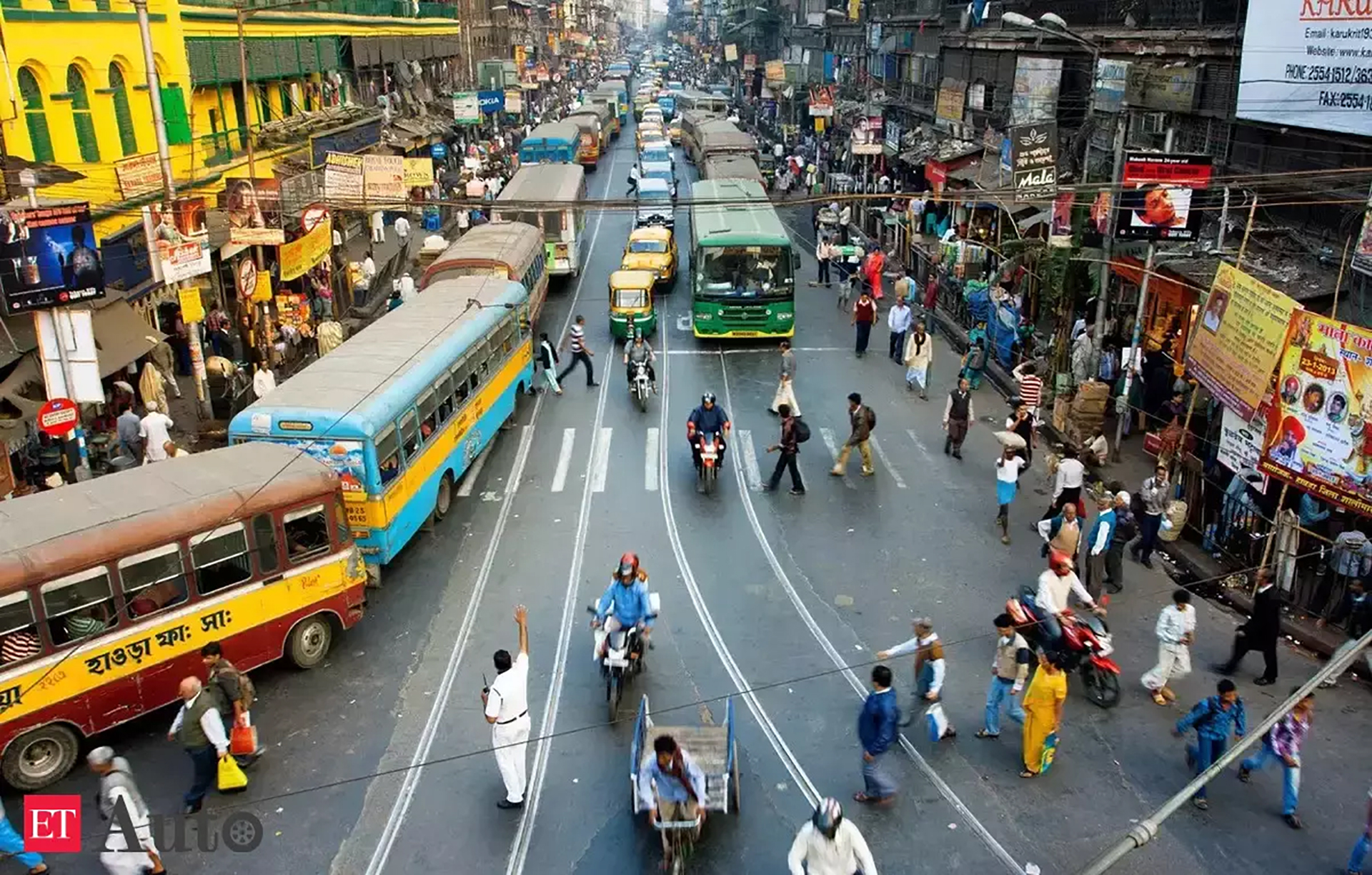PTI – Stockholm, The governments and various stakeholders need to rethink mobility as there is an urgent need to move from the dirty and dangerous streets for cars to safe, green and vibrant spaces designed for the people, WHO’s Head of Safety and Mobility, Nhan Tran, said on Monday. Road accidents kill more than 1.3 million people each year – more than two every minute – with 9 in 10 of these preventable deaths occurring in low- and middle-income countries. Road crashes are the leading global killer of children and youth aged 5-29.
“We must urgently move from an old model of drab, dirty and dangerous streets built for cars, to safe, green and vibrant spaces designed and built for people. Mobility underpins so many other aspects of public health and development. By making walking and cycling safe, we can reduce air pollution and fight climate change,” Tran said at the “Vision Zero Conference on Road Safety” here in the Swedish capital.
“By prioritising the safety of vulnerable road users like pedestrians and cyclists, we can reduce poverty and tackle inequalities, including access to jobs, schools as well as gender equality,” said Tran.
Heads of national road safety agencies from around 100 countries are coming together at the global road safety summit here to tackle the scourge of road crash deaths and injuries worldwide.
According to Road and Transport Minister Nitin Gadkari, India witnesses five lakh road accidents in the country (every year), which includes two lakh deaths.
Gadkari had said earlier this month that India will not be able to achieve the target of reducing road accidents by 50 per cent before 2024 due to many shortcomings on the part of the government and other people, who compromise with road safety standards.
According to statistics released by the National Crime Records Bureau (NCBR), in 2021, around 46 severe road accidents occurred per hour in the country.
Every year, approximately 1.5 lakh people die on India’s roads, which translates, on average, into 1,130 accidents and 422 deaths every day or 47 accidents and 18 deaths every hour.
Vision Zero is rooted in the belief that no death or serious injury is ever acceptable. And from a public health perspective, that fits perfectly with the fundamental right to health that every human being is entitled to.
The Vision Zero – or safe systems approach – recognises that road transport is a complex system with interconnecting elements that all affect each other, and that only tackling these issues holistically can lead to zero deaths.
The first in-person meeting of the new, World Health Organisation- facilitated Global Network of Heads of Road Safety Agencies which began on Monday will spur, aid and assess actions to meet the global goal of halving road crash deaths and injuries by 2030 that is set out in the United Nations Decade of Action for Road Safety 2021-2030.
“We must seize the moment of this landmark summit to lock in life- saving national road safety strategies and action plans. National road safety agencies design and direct countries’ road safety plans. They must set clear, measurable goals that are rooted in evidence and are backed up by strong policies, laws, regulations and inclusive coordination,” said Etienne Krug, Director of the Department of the Social Determinants of Health at WHO.
Scheduled at the Vision Zero Conference on Road Safety hosted by the Swedish government, the meeting on June 28-29 aims to help countries share knowledge and experience around the role of national road safety agencies in strategic planning, setting roles and responsibilities, coordinating across sectors, financing and monitoring and evaluating their national road safety plans.
The Global Plan for the UN Decade of Action for Road Safety 2021-2030 offers a blueprint for policymakers to create national and local road safety plans. It calls for a new vision for mobility that puts safety first, adopts a holistic and systems-focused approach, and ensures that all stakeholders meet their responsibilities.









